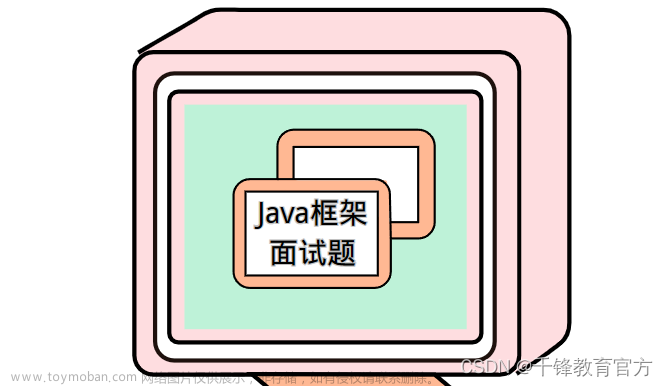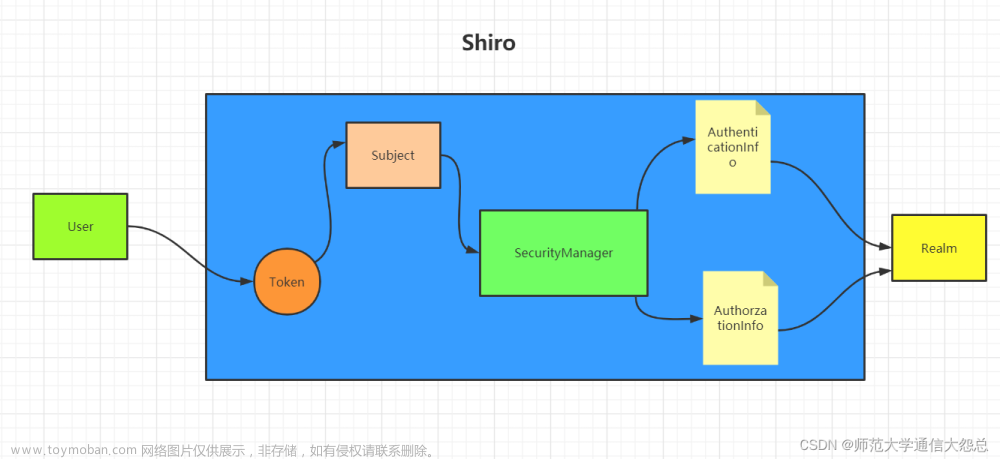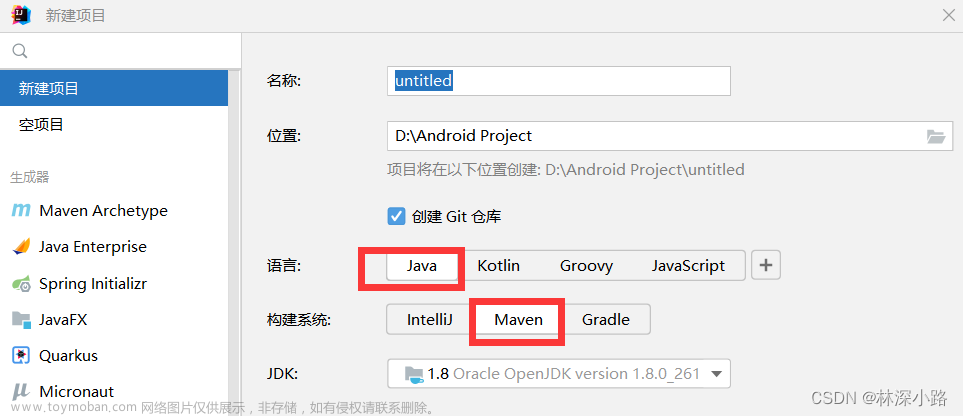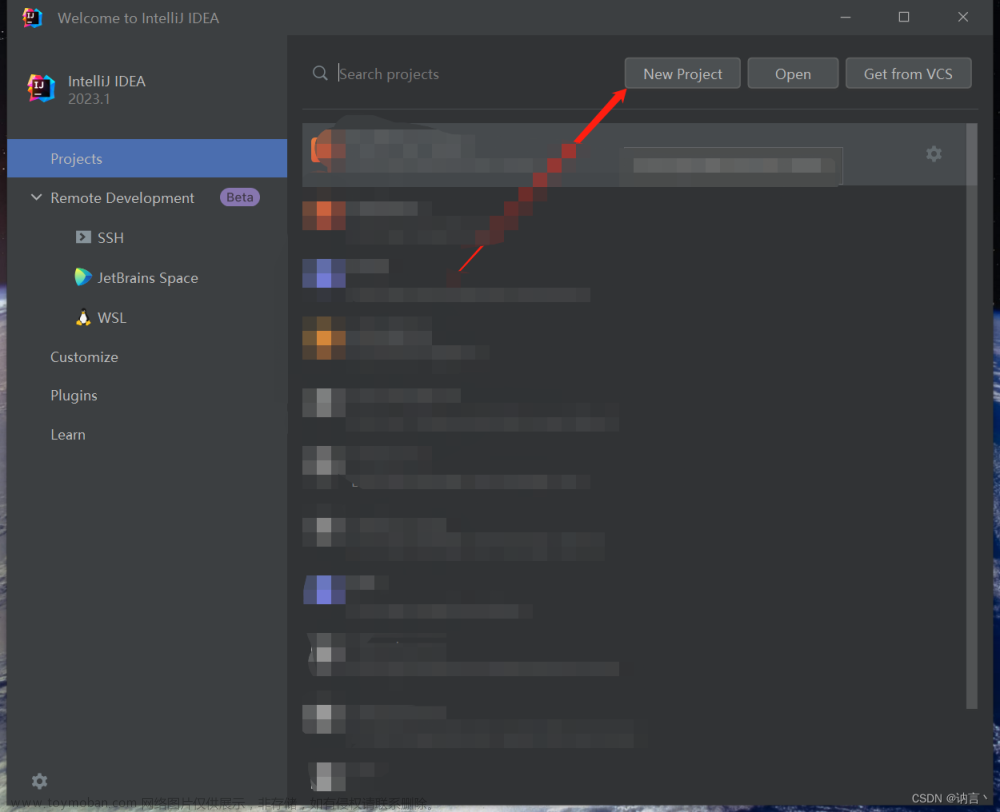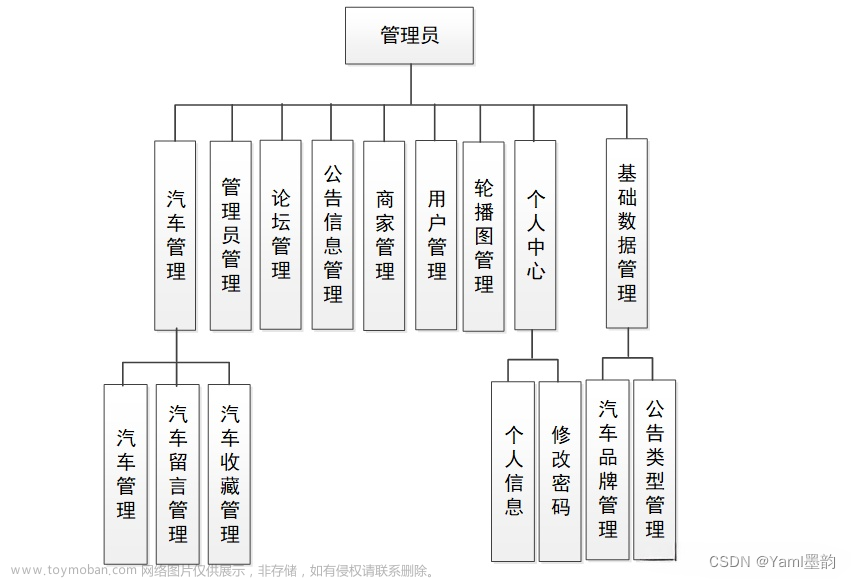1. Spring Boot中如何集成Swagger生成API文档
在Spring Boot中集成Swagger生成API文档非常简单,以下是基本的步骤:
- 首先,在
pom.xml文件中添加Swagger依赖:
<dependency>
<groupId>io.springfox</groupId>
<artifactId>springfox-boot-starter</artifactId>
<version>3.0.0</version>
</dependency>
- 创建一个Swagger配置类,用于配置Swagger:
import org.springframework.context.annotation.Bean;
import org.springframework.context.annotation.Configuration;
import springfox.documentation.builders.ApiInfoBuilder;
import springfox.documentation.builders.PathSelectors;
import springfox.documentation.builders.RequestHandlerSelectors;
import springfox.documentation.service.ApiInfo;
import springfox.documentation.spi.DocumentationType;
import springfox.documentation.spring.web.plugins.Docket;
import springfox.documentation.swagger2.annotations.EnableSwagger2;
@Configuration
@EnableSwagger2
public class SwaggerConfig {
@Bean
public Docket api() {
return new Docket(DocumentationType.SWAGGER_2)
.select()
.apis(RequestHandlerSelectors.basePackage("com.your.package.controller")) // 指定扫描的controller包路径
.paths(PathSelectors.any())
.build()
.apiInfo(apiInfo());
}
private ApiInfo apiInfo() {
return new ApiInfoBuilder()
.title("Your API Documentation")
.description("Your API description")
.version("1.0")
.build();
}
}
- 编写控制器类并使用Swagger注解标记API:
import org.springframework.web.bind.annotation.*;
import java.util.List;
@RestController
@RequestMapping("/api")
public class YourController {
@GetMapping("/example")
@ApiOperation(value = "Get example data", notes = "Get some example data from the server")
public List<String> getExampleData() {
// Your logic here
}
// Other controller methods
}
- 启动应用程序,并访问Swagger UI界面,通常是
http://localhost:8080/swagger-ui/index.html。你将会看到自动生成的API文档,包括你的控制器类和方法的详细信息。
这些是基本的步骤,你可以根据需要进一步定制Swagger文档,例如添加更多的注释来提供更详细的描述,或者使用Swagger的其他功能来优化文档的生成。
2.Spring Boot中如何实现文件上传
在Spring Boot中实现文件上传可以通过多种方式,其中一种常用的方法是使用Spring MVC的MultipartFile接口。下面是一个简单的步骤:
-
首先,确保你的Spring Boot应用程序中已经添加了
spring-boot-starter-web依赖。 -
创建一个Controller类来处理文件上传:
import org.springframework.http.ResponseEntity;
import org.springframework.web.bind.annotation.*;
import org.springframework.web.multipart.MultipartFile;
import java.io.IOException;
@RestController
@RequestMapping("/api")
public class FileUploadController {
@PostMapping("/upload")
public ResponseEntity<String> uploadFile(@RequestParam("file") MultipartFile file) {
// 检查文件是否为空
if (file.isEmpty()) {
return ResponseEntity.badRequest().body("Please select a file to upload");
}
try {
// 可以将文件保存到服务器指定位置,这里只是简单的输出文件信息
System.out.println("File Name: " + file.getOriginalFilename());
System.out.println("File Size: " + file.getSize());
System.out.println("File Type: " + file.getContentType());
return ResponseEntity.ok("File uploaded successfully");
} catch (Exception e) {
return ResponseEntity.status(500).body("Failed to upload file");
}
}
}
- 在客户端创建一个表单来进行文件上传:
<!DOCTYPE html>
<html lang="en">
<head>
<meta charset="UTF-8">
<title>File Upload Form</title>
</head>
<body>
<h2>Upload a File</h2>
<form action="/api/upload" method="post" enctype="multipart/form-data">
<input type="file" name="file">
<button type="submit">Upload</button>
</form>
</body>
</html>
这样,当你提交包含文件的表单时,文件将被上传到服务器,并由FileUploadController类中的uploadFile方法进行处理。在方法中,你可以执行任何你需要的操作,比如将文件保存到服务器的特定位置,或者对文件进行其他处理。
确保配置合适的文件上传限制以及适当的异常处理来处理可能发生的错误情况,比如文件大小超出限制或文件处理失败等。
3.Spring Boot中的WebSocket如何实现
在Spring Boot中实现WebSocket相对简单,Spring提供了spring-boot-starter-websocket来支持WebSocket。下面是一个基本的实现步骤:文章来源:https://www.toymoban.com/news/detail-851922.html
- 添加Spring WebSocket依赖到
pom.xml文件中:
<dependency>
<groupId>org.springframework.boot</groupId>
<artifactId>spring-boot-starter-websocket</artifactId>
</dependency>
- 创建一个WebSocket处理器类,实现
WebSocketHandler接口:
import org.springframework.web.socket.CloseStatus;
import org.springframework.web.socket.TextMessage;
import org.springframework.web.socket.WebSocketMessage;
import org.springframework.web.socket.WebSocketSession;
import org.springframework.web.socket.handler.TextWebSocketHandler;
public class MyWebSocketHandler extends TextWebSocketHandler {
@Override
public void afterConnectionEstablished(WebSocketSession session) throws Exception {
// 连接建立时调用,可以在这里处理一些初始化逻辑
System.out.println("WebSocket connection established");
}
@Override
public void handleMessage(WebSocketSession session, WebSocketMessage<?> message) throws Exception {
// 收到消息时调用,可以在这里处理接收到的消息
String receivedMessage = (String) message.getPayload();
System.out.println("Received message: " + receivedMessage);
// 可以根据需要向客户端发送消息
session.sendMessage(new TextMessage("Received your message: " + receivedMessage));
}
@Override
public void afterConnectionClosed(WebSocketSession session, CloseStatus status) throws Exception {
// 连接关闭时调用,可以在这里执行一些清理工作
System.out.println("WebSocket connection closed");
}
}
- 配置WebSocket处理器,一般在
@Configuration注解的类中:
import org.springframework.context.annotation.Configuration;
import org.springframework.web.socket.config.annotation.EnableWebSocket;
import org.springframework.web.socket.config.annotation.WebSocketConfigurer;
import org.springframework.web.socket.config.annotation.WebSocketHandlerRegistry;
@Configuration
@EnableWebSocket
public class WebSocketConfig implements WebSocketConfigurer {
@Override
public void registerWebSocketHandlers(WebSocketHandlerRegistry registry) {
registry.addHandler(new MyWebSocketHandler(), "/my-websocket-endpoint");
}
}
- 在前端创建WebSocket连接,这可以通过JavaScript来实现:
var socket = new WebSocket("ws://localhost:8080/my-websocket-endpoint");
socket.onopen = function(event) {
console.log("WebSocket connection established");
};
socket.onmessage = function(event) {
console.log("Received message: " + event.data);
};
socket.onclose = function(event) {
console.log("WebSocket connection closed");
};
// 发送消息示例
socket.send("Hello, Server!");
这样就完成了一个简单的Spring Boot中WebSocket的实现。当前端与服务器建立WebSocket连接后,可以实现双向通信,前端可以发送消息到服务器,服务器接收消息并处理,然后可以发送消息回到前端。文章来源地址https://www.toymoban.com/news/detail-851922.html
到了这里,关于Spring Boot 经典面试题(七)的文章就介绍完了。如果您还想了解更多内容,请在右上角搜索TOY模板网以前的文章或继续浏览下面的相关文章,希望大家以后多多支持TOY模板网!

